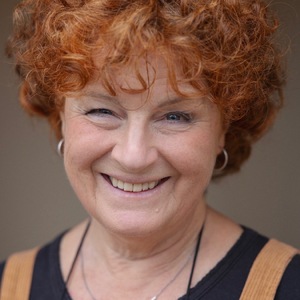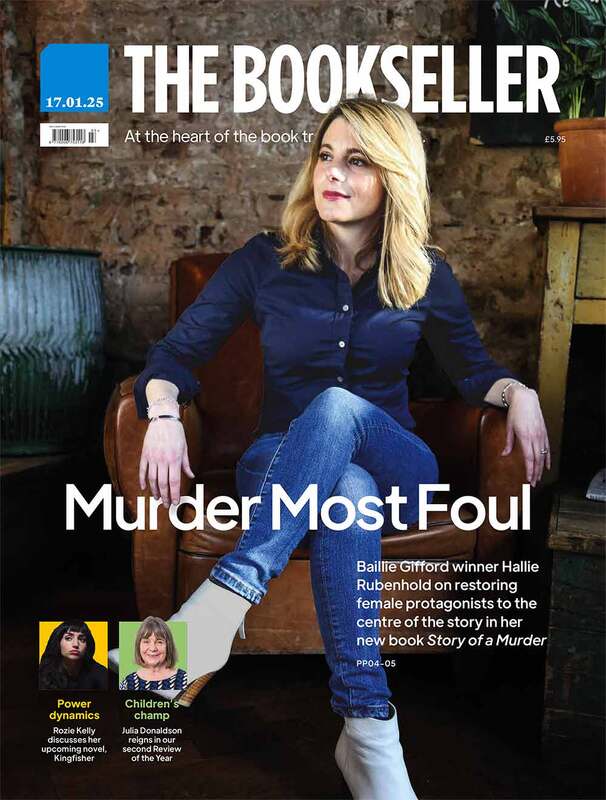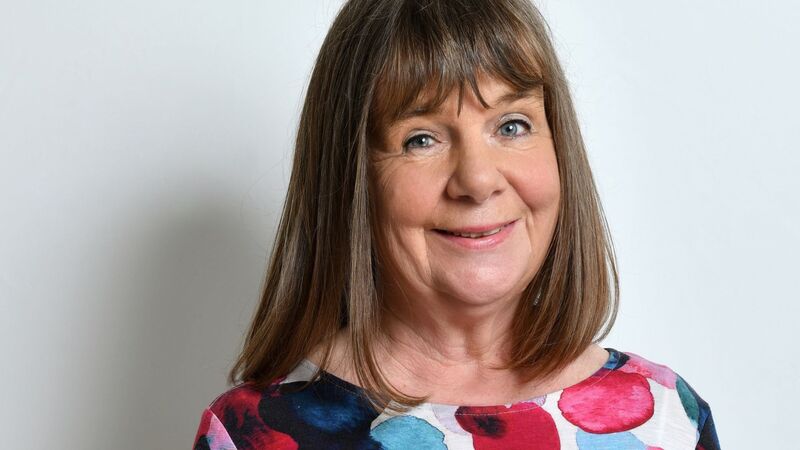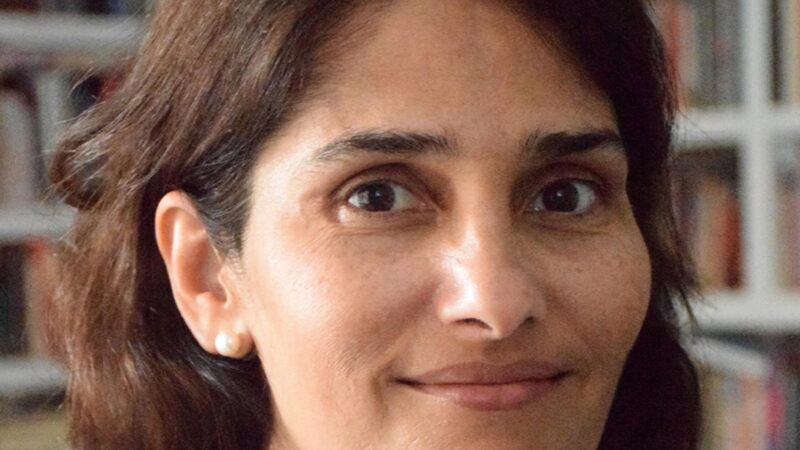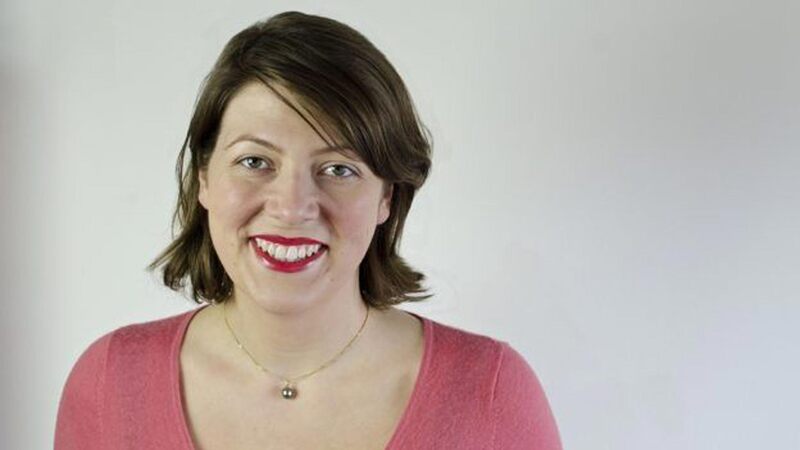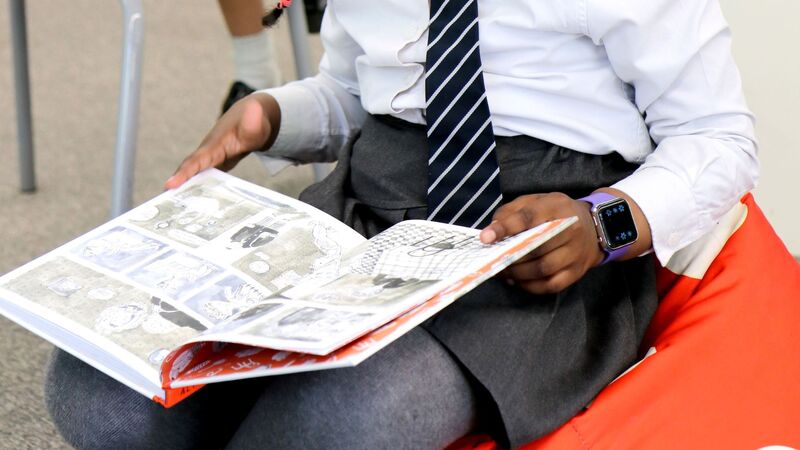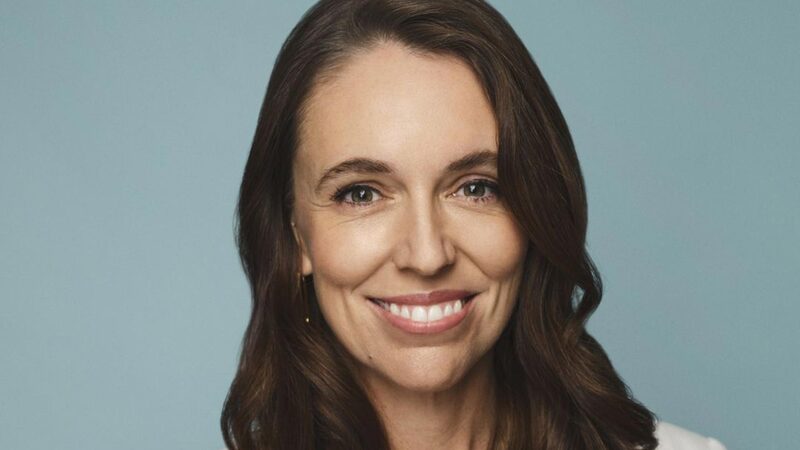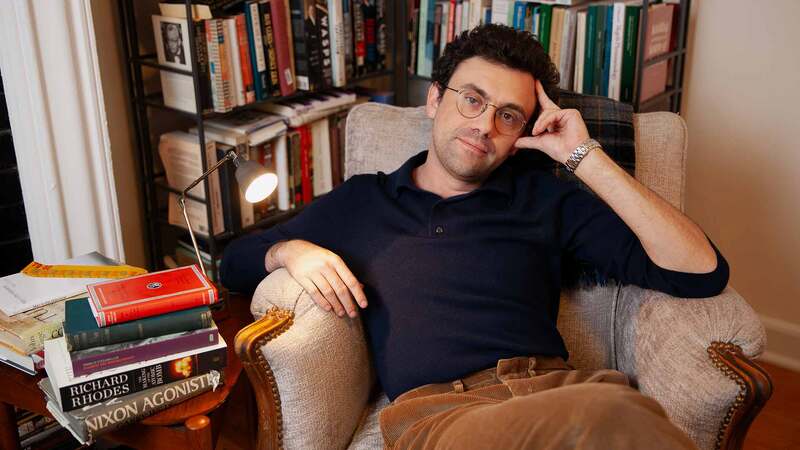You are viewing your 1 free article this month. Login to read more articles.
Life lines
New research from Mslexia shows that women still face unique challenges in building writing careers.
In the launch edition of Mslexia in 1999, I imagined an alien arriving on Earth to study gender differences in the strange naked apes that ruled the planet. And I described its astonishment on discovering that the females, who were so much more adept at language skills from birth, and so much more passionate about reading and writing as they grew up, should lag so far behind the males when it came literary achievement.
What would it think now, I wonder?
Back in 1999, books by men dominated all the literary prize lists and reviews pages, and most of the top jobs in publishing were occupied by men. But research for our 100th edition this December reveals that the balance has shifted quite dramatically in the intervening years.
Today there are more than six times as many university creative writing degrees as there were 20 years ago, and a similar dramatic explosion in short writing courses, classes and workshops. And women – of all ages – comprise the majority of students.
In the early 1990s only one in three books published were by women; 30 years later the number of titles by women equalled those by men. In the 1990s women won just 4% of the top poetry prizes; these days they are winning 50%. In the 1990s only one in three novels shortlisted for the Booker Prize were by women; these days the average is 50%.
These achievements have been hard won, however. Our research lays bear the many false starts and lacunae in most women’s literary careers. This is because women’s creative writing is usually the "third shift" in days already packed tight with earning a living and caring for their families.
In a survey of 2,349 women writers this October, we found that one in five were looking after children, and one in nine were the main carer of another adult with a long-term illness or disability. When asked what practical factors prevented them from writing, earning a living and housework were top of the list, with caring for adults and children following soon after.
The usual image of the "emerging writer" – as someone smooth-skinned and edgy, with multiple piercings – omits at least two-thirds of the population of emerging women writers
Many women who started writing seriously in their 20s ground to a complete halt when their children were small, and didn’t start again until those children started school. Others didn’t start writing until their children were more independent, or actually left home altogether. The oft-quoted equation "one baby equals two unwritten books" is oft-quoted for a reason.
"I wrote most before I had children and after my children left home. Yes, there’s a big gap there!" commented one survey participant. "I wrote least when I had very full-on full-time jobs, plus childcare and other carer responsibilities," was a typical observation. "I returned to college in my 40s and began writing in earnest shortly after that. My children were also headed to college, so the nest was getting empty,’"said another.
Those empty nests seemed to be a pivotal point for many women, who talked about reaching the age of 40 or 50 and deciding to act on literary ambitions that had been bubbling under the surface for decades. "As I approached 40, I realised I had better get on with it," was a frequent comment. "After going through menopause I have reduced my usual employment working hours to free-up time for writing. If I don’t do it now, I never will."
Of course not all women writers have yet had, or will eventually have, children. For the so-called "child-free" who sidestep that first era of caring responsibilities in their 30s and 40s, there’s a second era waiting in the wings, when their elderly parents begin to take up more of their time.
Why don’t men do their fair share of the caring? The most stubborn of inequalities is inequality in the home, where legislation doesn’t reach.
What all this means, of course, is that the usual image of the "emerging writer" – as someone smooth-skinned and edgy, with multiple piercings – omits at least two-thirds of the population of emerging women writers, who are starting to take their work seriously well after they turn 30, and are producing interesting and well-crafted texts, and climbing the ladders of publication, in their 40s, 50s, 60s and beyond.
I’m often asked whether there is still a need for a magazine like Mslexia. And the answer is yes, of course there is. Because although our survey found that 62% of women felt more confident about their writing compared to 10 years ago, and 39% felt there were more opportunities for publication, one in three said their writing time was curtailed by caring responsibilities and one in four thought the literary world was ageist – two factors that affect women more than men.
It was famously said of Ginger Rogers that she did everything that Fred Astaire did – but backwards and in high heels. Our research shows that this is true of women writers too.
